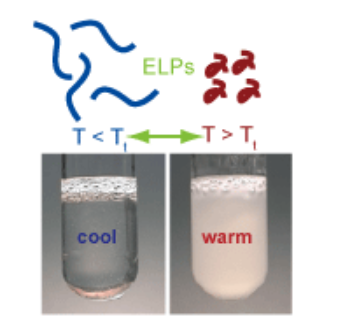- Agriculture
- Antibiotic/anti-viral
- Biologics
- Biomarkers
-
By Clinical Application
- Anesthesiology
- Blood & Lymphatic Disease
- CNS & Neurosciences
- Dermatology
- Diabetes, Metabolism, Endocrinology & Obesity
- Ear, Nose, & Throat
- Emergency Services
- Gastroenterology & Digestive Disease
- General & Plastic Surgery
- Health Education, Medical Training and Operations
- Heart and Vascular
- Immunology, Autoimmune & Inflammation
- Infectious Diseases
- Mental Health
- Multiple clinical applications
- Musculoskeletal Disorders, Orthopedics/Bone
- Nephrology/Renal
- Oncology
- Ophthalmology
- Orphan Diseases
- Pediatrics
- Physical Medicine & Rehabilitation
- Radiology
- Regenerative Medicine / Tissue Engineering
- Reproductive Health: Obstetrics & Gynecology
- Respiratory & Pulmonary
- Surgery
- Transplantation
- Urology
- Wound Healing
- COVID-19
- Creative Works
- Diagnostics
- Drug Delivery
- Drug screening and discovery
- Energy, Cleantech & Environmental
- Engineering & Physical Sciences
- Gene therapy
- Imaging
- Materials ×
- Medical Devices
- Nutraceuticals
- Other
- Research & Design Tools ×
- RNAi/siRNA
- Sensors & Controls
- Small molecules
- Software & Information Technology
- Stem Cells
- Vaccines
- Veterinary Medicine
A bio-based method for producing adipic acid by using an enzyme to selectively convert 2-oxoadipate to (R)-2-hydroxyadipate
Unmet Need Adipic acid (1,4-butanedicarboxylic acid; COOH(CH2)4COOH), is among the most-produced chemicals worldwide, with approximately 2.5 billion kilograms synthesized annually and a global market of 8 billion USD. The most typical use for adipic acid…
Increasing the half-life of therapeutic proteins and peptides using elastomeric-like polypeptides with environmental sensitivity
Value Proposition Since insulin was used as the first therapeutic protein in a clinical setting, the field of protein therapeutics has rapidly expanded. From 2014-2018, therapeutic proteins had the highest compound annual growth rate of…
Unstructured non-repetitive polypeptides as a tool for imparting temperature-dependent physical properties to protein fusions
Value Proposition Proteins can be useful therapeutic agents when engineered for specificity and selectivity for a clinical target. Their complexity, versatility, tolerability, and diversity often make them superior alternatives to small molecule drugs, and the…
A fluorescent probe for monitoring beta-secretase activity in cells
Molecular probes are provided for use in fluorescence microscopy procedures for monitoring beta-secretase enzyme (BACE) activity in living cells and organisms. The probes may be useful for monitoring Alzheimer's Disease-associated BACE in living cells. By…
Stable Cell lines expressing nAChR subunits
About Nicotinic Acetylcholine Receptors (nAChR) Nicotinic acetylcholine receptors (nAChR) are receptor proteins that respond to the neurotransmitter acetylcholine, and respond to drugs including nicotine. When nAChR are activated, the cells release dopamine and other neurotransmitters,…
Test of Verbal Expression and Reasoning (TOVER)
The TOVER is non-standardized assessment of expressive language in context and verbal reasoning. The 64 item test was specifically designed to assess language function in children and adults with Down syndrome across a broad range…


